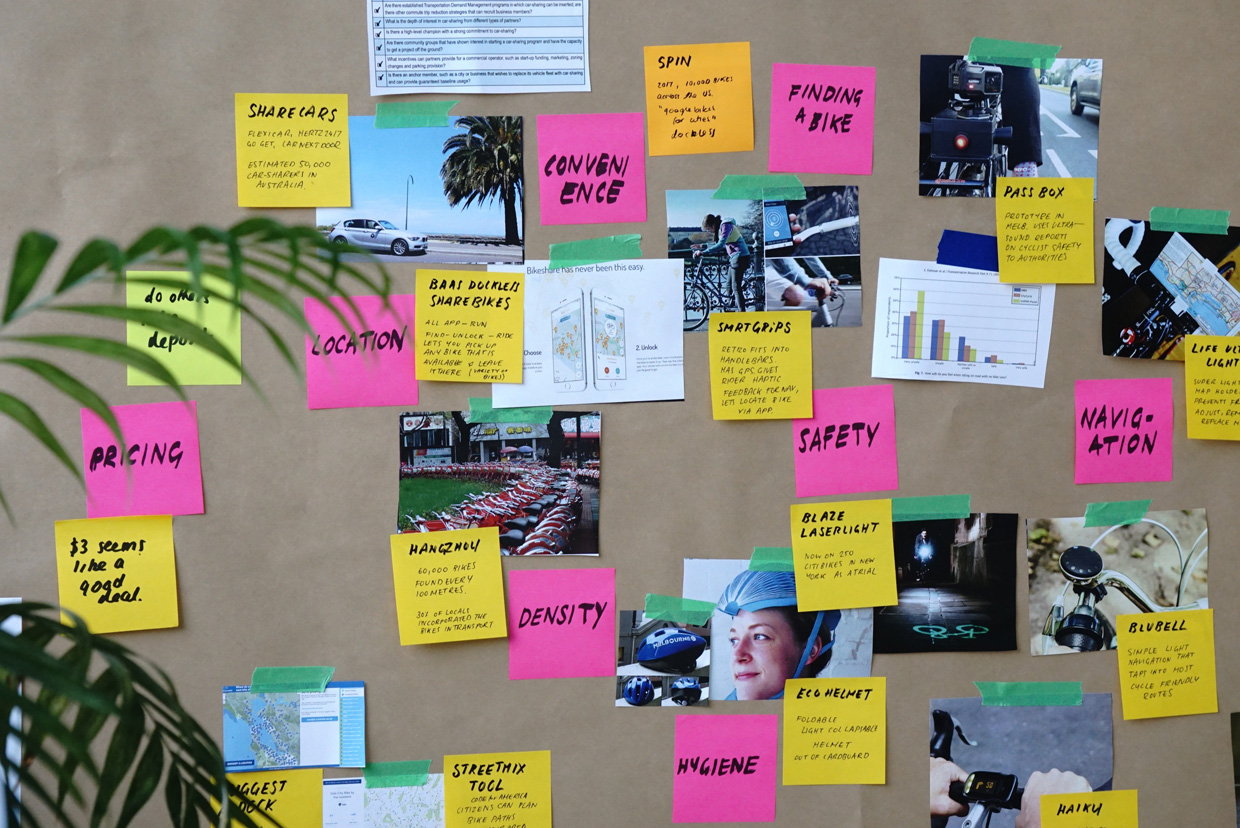
Pivoting and User Research During a Pandemic
Creating a consistent feedback loop with users through quantitative and qualitative user research is the foundation of any lean, user-centric product team.
Get your Free Guide to User Research
Help your team understand your users’ behaviors, needs, and motivations.

We often invest the most in user research when the product roadmap is new and unproven. The early focus is on product-market fit. Early-stage questions to solve include:
- Do the people we think have this problem actually have this problem?
- How do they solve it now?
- Is it painful enough a problem to change the way they are currently doing this?
- Is this solution the one to solve this problem?
- Will people pay for this solution? How much?
By the time you’re into the growth phase of a product or company, you have found product-market fit and are now asking questions about optimizing user experiences, creating more value for your users or testing out new solutions to reach more potential market segments.
Then something crazy happens in the market, like a global pandemic
The assumptions we proved and disproved about our user and the environment in which they make decisions and go about their lives and work were based on an environment where COVID-19 didn’t exist. There was no need to work from home, figure out homeschooling, or weigh the risk to going to the grocery store or getting delivery.
Everyone is experiencing a change in how they live their day to day lives, including your users or customers. Some of these effects will ebb and flow in the coming months, and some will be here for longer than the virus lasts.
For many companies, this is creating a ton of opportunity, like in telehealth services or at-home diagnostic tests. For others, this is requiring a fundamental change in their products.
Whether the change in the market is boosting demand for your offering or requiring your teams to think of new ways to operate and innovate, we are finding ourselves asking questions that aligned with our earlier stages.
- Do the people we think have this problem (still) have this problem?
- Do they have brand new problems? Do we want to go after one of these new problems?
- How are they handling this now?
- Is this a painful enough problem to change the way they are currently doing things?
- Is this solution the one to solve this problem?
- Will people pay for this solution? How much?
All companies are evaluating an unclear and changing market. Make sure that getting qualitative customer feedback is a part of that temperature check. Curious where to start with qualitative feedback? Check out C5’s Guide to User Research.
Industry Example: User Research for Healthcare and Wellness Companies
How do you conduct user research in the health and wellness industry to ensure HIPAA compliance?
Implement or retool analytics to set a baseline of user behavior.
There are plenty of good tools for this depending on your needs. Mixpanel, Heap, Amplitude, Google Analytics, Adobe Analytics, really whatever you have in place. If you don’t have a tool implemented yet and need a hand, C5 can help get your team set up to start tracking behavioral analytics.
As circumstances are changing, so is user behavior. Set a baseline of behavior from before the pandemic, and start making comparisons to user behavior in the past few weeks. There may be a lot of noise in day to day behavior, but look for some trends over time and make sure you have a large enough number of users in your datasets to find signal in the noise. This behavioral data can inform user interview questions to uncover why the changes in behavior are happening. As you make changes to your products and offerings, you’ll have a baseline from 2019 and a new baseline to see how your pivots and improvements are affecting your behavioral metrics.
Make sure you implement the HIPAA-compliant versions of these tools, as it’s much easier to start there than shift later. Best practice for many healthcare companies following HIPAA is to remove PII from your analytics tool and use a user ID. You can match user IDs to identifying information outside of this third party tool.
Recruit users for interviews while protecting their HIPAA information.
Recruiting existing users who are already covered by your privacy agreements is a quick way to recruit. Make sure your agreements cover user interviews, and if recruiting from outside of your customer base, take care to implement privacy agreements before collecting any sensitive information.
Use phone or HIPAA compliant video calls, like the HIPAA compliant version of zoom, for your interviews. Remember to follow HIPAA best practices for phone and video call communication.
Run your analytics and user interview plans by the legal team.
As always, work with your legal and compliance team to provide input in your analytics tooling and user interview recruiting and practices.
Get your Free Guide to User Research
Help your team understand your users’ behaviors, needs, and motivations.
